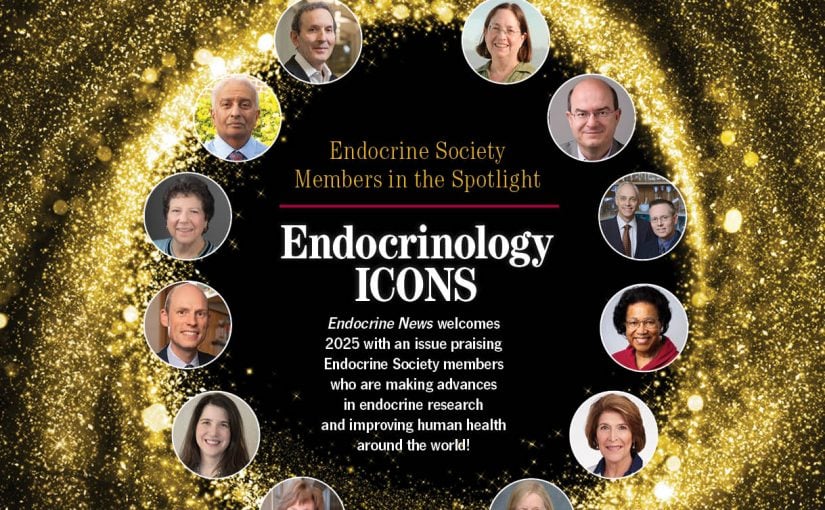In the 1920s, when Rita LeviMontalcini was a young girl in Italy, she aspired to become a scientist, but she had two strikes against her: She is a woman and she is Jewish. Her father believed that a professional career “would interfere with the duties of a wife and mother.” Later, in 1938, Mussolini’s Manifesto of Race banned Jews from academic and professional careers.
Bedside Laboratory
By the time Levi-Montalcini turned 20, she realized that she “could not possibly adjust to a feminine role” as defined by her father. She appealed to him, finished high school, entered the University of Turin’s Medical School, and graduated summa cum laude in 1936. To circumvent the racist laws, she set up a laboratory in her bedroom, where she studied chick embryo limb formation. Times were so tough that after her experiments, she often ate the eggs.
Heavy Allied bombing in 1941 forced her and her family to leave Turin for a country cottage, where she rebuilt her laboratory. She eventually had to flee to Florence and live underground until the end of World War II. Levi-Montalcini resumed her research at Washington University in St. Louis. Working jointly with biochemist Stanley Cohen, in 1951, she isolated nerve growth factor (NGF), a neuropeptide important in neurodegenerative diseases, cardiovascular disease, obesity, and type 2 diabetes. She shared the Nobel Prize with Cohen in 1986 for their groundbreaking discovery.
The discovery, in fact, might be personally benefitting LeviMontalcini. Taking daily eye drop solutions of NGF, she is the oldest living Nobel Laureate at 103 years of age.
Levi-Montalcini is just one of many researchers who have worked against the odds and achieved astounding success in the field of endocrinology. Leonard Wartofsky, editor-in-chief of The Journal of Clinical Endocrinology & Metabolism, highlighted a dozen such Nobel Laureates at an ENDO 2012 presentation.
From Secretary to Scholar
Among those eminent scholars is American physicist Rosalyn Sussman Yalow, the first female and first Nobel Laureate to become President of The Endocrine Society (1978–1979). Born to parents who never finished high school, Yalow graduated magna cum laude from Hunter College as the school’s first female physics major. She, too, faced anti-semitism and gender discrimination. In her autobiography she recalled how she had to access graduate courses “via the back door,” by taking a job as a typist and stenographer.
Eventually as men vacated universities to enlist in the armed forces during WWII, she landed a position as a teaching assistant in the physics department at the University of Illinois, UrbanaChampaign, where she earned her doctorate in nuclear physics in 1945. Within a few years, Yalow began working the Bronx Veterans Administration Hospital in New York City, transforming a janitor’s closet into a functioning lab. Here she collaborated with physician Solomon Berson in developing the radioimmunoassay technique for measuring insulin and other hormones—work that revolutionized medical research and won Yalow the 1977 Nobel Prize, along with physician and physiologist Roger Guillemin and endocrinologist Andrew Schally, for their work on neuropeptide hormones.
The “tough guy” in this illustrious group of Laureates, according to Wartofsky, was surgeon Frederick Banting. Despite poor vision, Banting served in the Canadian Army Medical Corps in both world wars. He won the Military Cross in 1919 for dressing the wounds of other soldiers for nearly 17 hours despite suffering a severed artery in his own right arm. While serving as a liaison officer between the British and North American medical services during WWII, he was killed in an airplane crash on a military mission in 1941.
Of Dogs and Men
In between the wars, Banting worked with medical scientist Charles Best, physician and physiologist John J.R. Macleod, and biochemist James Bertram Collip, to extract insulin from intact islets of Langerhans in dogs. They purified the insulin and, in January 1922, injected it into Leonard Thompson, a 14-year-old boy with diabetes. Leonard survived and lived for many more years. As we know, the discovery was another medical miracle that would save millions of lives. Banting and Macleod received the Nobel Prize in 1923. They then split the award money with Best and Collip.
“There are many achievements in endocrinology recognized by the Nobel Prize,” Wartofsky said. “Who knows what future Laureate attended ENDO 2012?”

